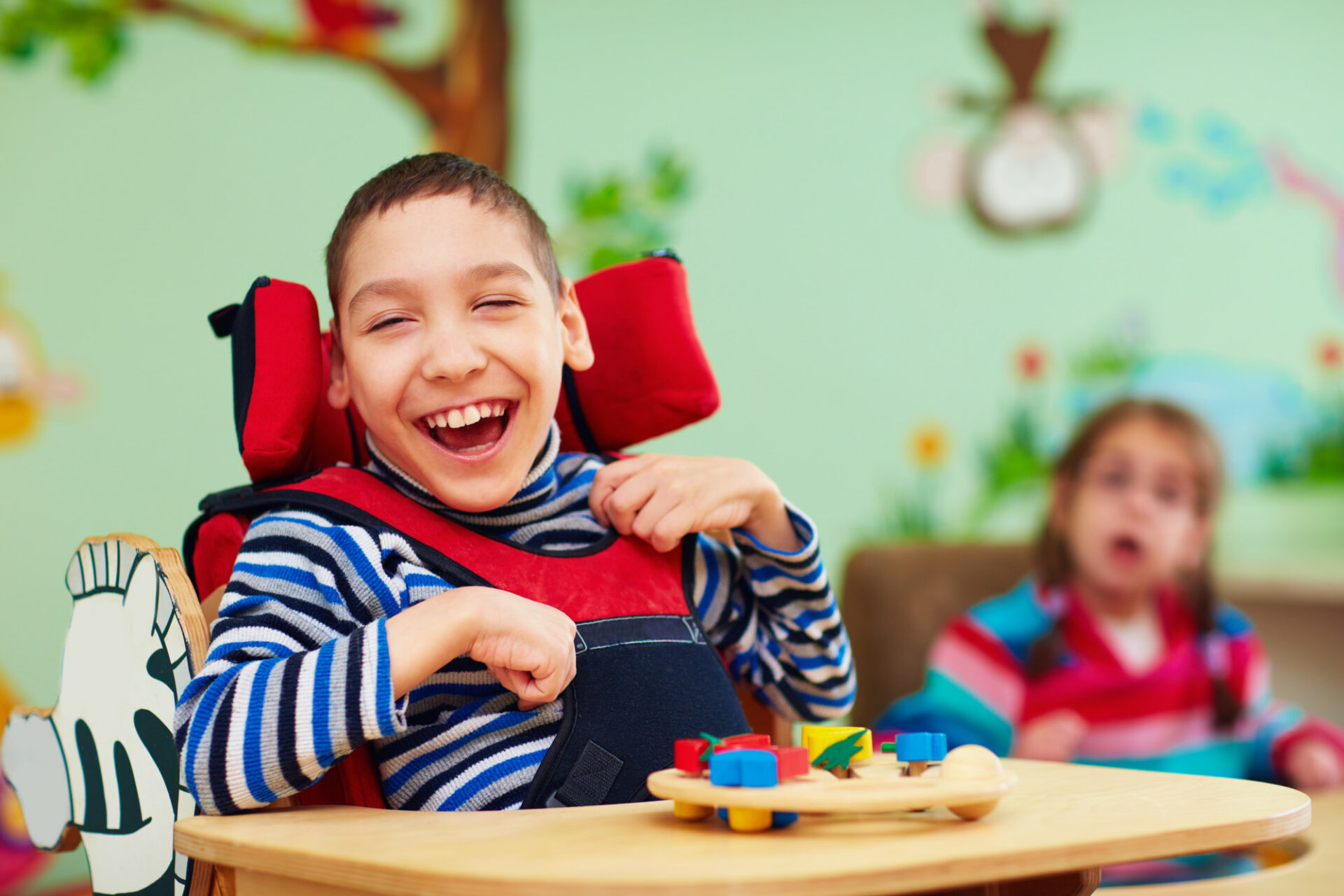The Duty of Education in Sustaining Trainees with Autism: Best Practices
The Duty of Education in Sustaining Trainees with Autism: Best Practices
Blog Article
Recognizing Autism: A Comprehensive Overview to Indicators and Symptoms
Autism Spectrum Problem (ASD) incorporates a large array of features that can dramatically influence a person's social communications and day-to-day performance. Recognizing these nuances not only aids caregivers and instructors in providing ideal support but additionally promotes a much more inclusive atmosphere for people with ASD.
Overview of Autism Range Disorder
Specifying Autism Range Disorder (ASD) entails identifying it as a complex neurodevelopmental condition defined by a series of obstacles in social communication, communication, and behavioral patterns. The term "spectrum" mirrors the vast variability in signs and their intensity, which can vary substantially from one individual to an additional. ASD normally materializes in very early childhood years, although some people may not get a diagnosis until later on in life.
Variables influencing the advancement of ASD consist of genetic predispositions and environmental factors, although the specific causes stay under examination. Medical diagnosis frequently depends on behavioral assessments, as there are no clear-cut medical tests for ASD. Early treatment is critical and can significantly improve end results, concentrating on improving communication skills, social interactions, and adaptive habits.
People with ASD may also show distinct toughness, such as outstanding interest to information or particular locations of competence. Comprehending the complex nature of ASD is necessary for cultivating an inclusive atmosphere that fits neurodiversity. Proceeded research study is vital for developing reliable interventions and support group, making it possible for people with ASD to prosper and fulfill their possible within society.
Usual Indications of Autism
Recognizing the usual signs of Autism Range Problem (ASD) is vital for very early identification and treatment. These indicators can vary extensively in intensity and discussion, however particular characteristics are often observed in people with ASD.
Among the most prevalent indicators is a significant difficulty in preserving and establishing eye call. Individuals might additionally show limited interest in social interactions and show a choice for singular play. Repeated actions, such as hand-flapping, rocking, or spinning items, commonly emerge early in childhood years. Additionally, some youngsters might create strict routines and end up being troubled if these routines are interrupted.
Sensory sensitivities are also usual; people might overreact or underreact to sensory stimuli, such as audios, structures, or lights. autism. Language growth can be atypical, with some kids showing postponed speech or making use of language in uncommon means, consisting of echolalia-- duplicating expressions or sentences heard somewhere else
It is vital to keep in mind that not every individual with ASD will certainly present all these indications, and the level of these behaviors can differ significantly. Early acknowledgment permits prompt support and sources, enhancing the lifestyle for those on the range.
Social Communication Challenges
Social interaction obstacles are a hallmark of Autism Range Problem (ASD), affecting an individual's capability to involve properly with others. These problems can materialize in various ways, including challenges in initiating and preserving conversations, recognizing social signs, and reacting properly in social communications.
People with ASD might battle with nonverbal communication, such as eye contact, face expressions, and body language. This can cause misconceptions, as their communicative intent may not be appropriately interpreted by others. They may discover it tough to comprehend the nuances of tone and context, which are vital for efficient interaction.
In go to this site team settings, individuals with ASD might really feel overwhelmed and might not recognize exactly how to join in conversations (autism). They might also show atypical conversational patterns, such as monologuing regarding particular interests without identifying social reciprocity
Moreover, these challenges can cause social seclusion or difficulties in forming relationships, as peers might misunderstand their actions or interaction style. Recognizing these social interaction obstacles is critical for fostering encouraging settings that promote social abilities development and improve the top quality of communications for individuals on the autism range.
Sensory Sensitivities and Reactions
Several people with Autism Spectrum Condition (ASD) experience increased sensory level of sensitivities that can dramatically impact their lives. These sensitivities may show up as over-responsiveness or under-responsiveness to sensory stimulations, consisting of noises, lights, appearances, tastes, and scents. For instance, a person with ASD may discover everyday noises, such as a hoover or crowded atmospheres, overwhelmingly distressing, resulting in anxiety or crises. Conversely, some may show an indifference to discomfort or extreme temperature levels, which can present safety and security problems.
Sensory processing distinctions in people with ASD can additionally impact their capacity to participate in social interactions and regular activities. As an example, a child that is delicate to touch may withstand physical love or prevent particular garments textiles. Alternatively, a preference for sure textures or tastes can limit dietary alternatives and create challenges during mealtimes.
Understanding these sensory sensitivities is vital for identifying the special experiences of individuals with ASD. Understanding of their sensory profiles can cultivate much better communication and support techniques, creating a setting that fits Source their needs and improves their top quality of life. Eventually, acknowledging sensory sensitivities is an important part of comprehending the broader spectrum of autism.

Supporting Individuals With Autism
Reliable assistance for people with Autism Range Disorder (ASD) is important for enhancing their overall wellness and promoting self-reliance. Assistance techniques must be tailored to fulfill the one-of-a-kind needs of each individual, considering their difficulties and toughness.

Social abilities training can likewise play an essential duty. autism. Involving individuals in team activities or role-playing scenarios can enhance their capability to browse social communications. In addition, it is vital to enlighten household participants, caretakers, and peers concerning ASD to foster a comprehensive and supportive neighborhood
Final Thought
By fostering enhanced interaction and social skills, people with autism can browse their environments more efficiently. Eventually, enhanced awareness and assistance can dramatically improve the quality of life for those influenced by ASD.
Autism Spectrum Problem (ASD) encompasses a large array of features that can considerably influence an individual's social interactions and everyday performance.People with ASD might battle go to these guys with nonverbal interaction, such as eye get in touch with, face expressions, and body language.Numerous individuals with Autism Range Condition (ASD) experience heightened sensory sensitivities that can significantly influence their day-to-day lives.Sensory processing differences in individuals with ASD can additionally affect their capability to involve in regular activities and social communications.Comprehending these sensory sensitivities is essential for recognizing the unique experiences of people with ASD.
Report this page